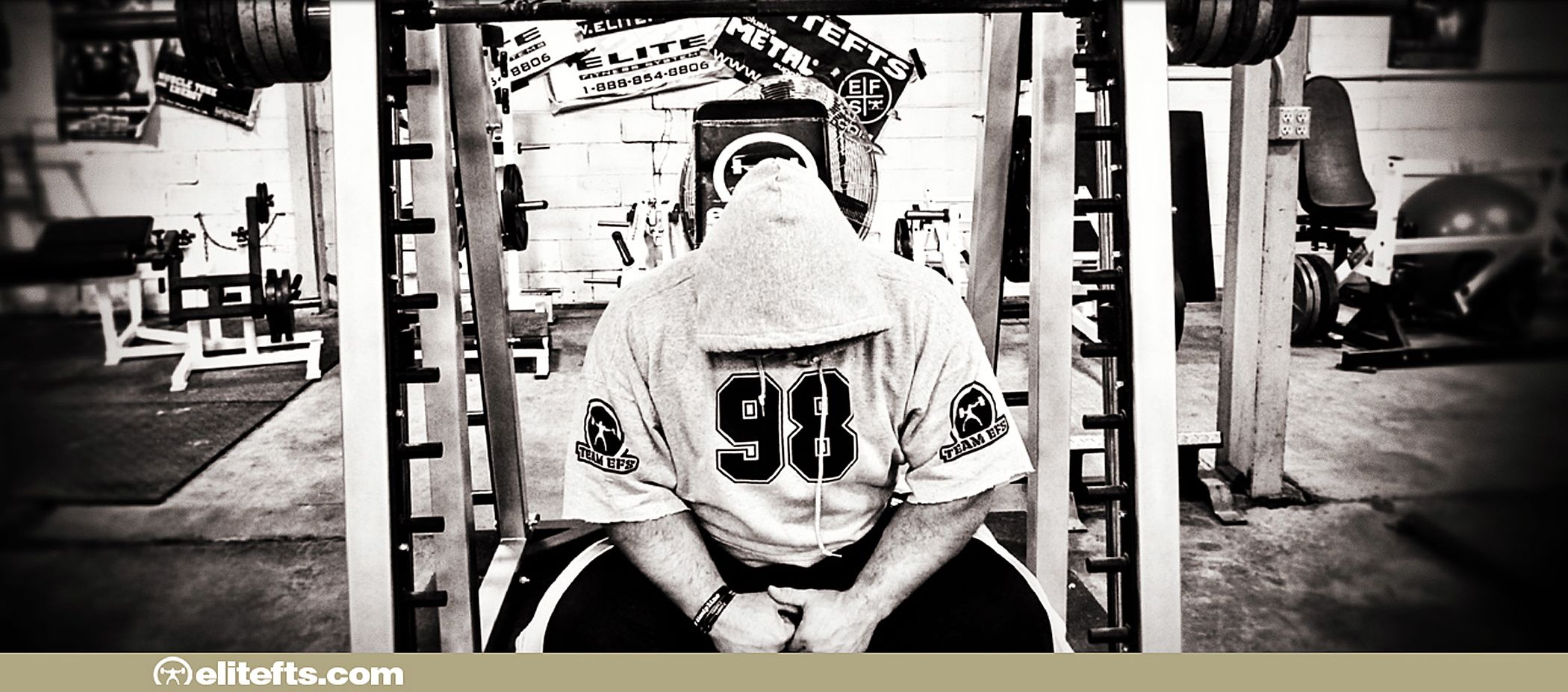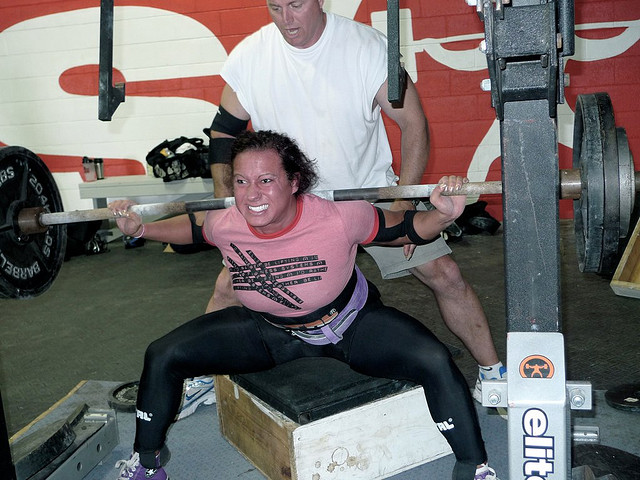
The test of a first-rate intelligence is the ability to hold two apposed ideas in the mind at the same time, and still retain the ability to function. - F. SCOTT FITZGERALD
There are many ways to describe this statement so let me do it in a very simple way by using the box squat. There are four types of people:
1. Those who love the box squat
2. Those who hate the box squat
3. Those who use it from time to time
4. Those who are indifferent
There have been articles written on why you MUST box squat, article on why it is the worst way to squat ever and some on how it can be intergraded.
Personally, I think it is the best way to squat but does that mean I am right? Does it mean it is how I will show and work with every single lifter I ever teach?
NO
I find what works best for the lifter I am teaching and working with at the time. There ARE many times this ends up going against how I would really want them to squat or teach them but the goal at the end of the day is not based on how well I know the box squat but how I can help the lifters squat.
I can rip off 10 reasons why the box squat is the best way to squat without even thinking about it.
1. You can sit back more creating more tension of the glutes, hips and hamstrings
2. It breaks the stretch reflex
3. It creates a pause at the bottom allow for better cue time out of the bottom of the squat.
4. It is easier to teach Compensatory Acceleration
5. Makes is easier to stay tight in the bottom of the squat
6. Provided a target to hit the exact same depth each rep
7. It has been used at WSBB for 30 years with amazing success
8. I have never seen one back injury with the use of the box squat
9. It is very each to teach to a untrained - detrained beginner
10. It allows you to work on the lower back mechanics first allowing you to teach the movement in reverse (from bottom to top)
Now at the same time I can rip off a list of 10 negatives with just as little thought.
1. Take each item listed in the top 10 and make them a negative
2. The lifter doesn't learn how to rebound out of the bottom of the squat
3. It takes a lot of quad out of the movement
4. The box will not be there at the meet
5. People can learn to use the box as a crutch
6. They never learn to feel where the proper depth is.
7. If they do not stay tight and crash down on the box they can get hurt.
8. It gets in the way if you are training with a group due to some using the box, others not. There will also be others who use different box heights.
9. The box can crete the security of being able to squat wider than they really could without out.
10. As with #9 one can squat with a small foot base (toes way out) because the box will keep them from falling back in the bottom.
What does this have to do with training intelligence?
There is NOT one perfect anything. What ever you feel you know the best you must also spend the time to know why it is NOT the best. When you pigeon toe yourself into a "way" of doing something and your only course of solution is modification of that "way" you are now working with a fraction of what you could be.
You can become an expert of one way of training or you can become a coach of the right methodology for the group or individual you are working with.
You still need a solid foundation and your own training philosophy - this is VITAL is you want to become a good or great coach. The point I'm making is that Training Intelligence is being able to intelligently debate with yourself using solid reasons.
These debates will make you question yourself, grow, see may be working, see where you are wrong and become a better coach.
There may be a right way and a wrong way for everything but I would rather leave that up to others to argue. I'm looking for the best way for the situation I am presented with at that time - because when it is said and done - it is the solution and results that will matter









